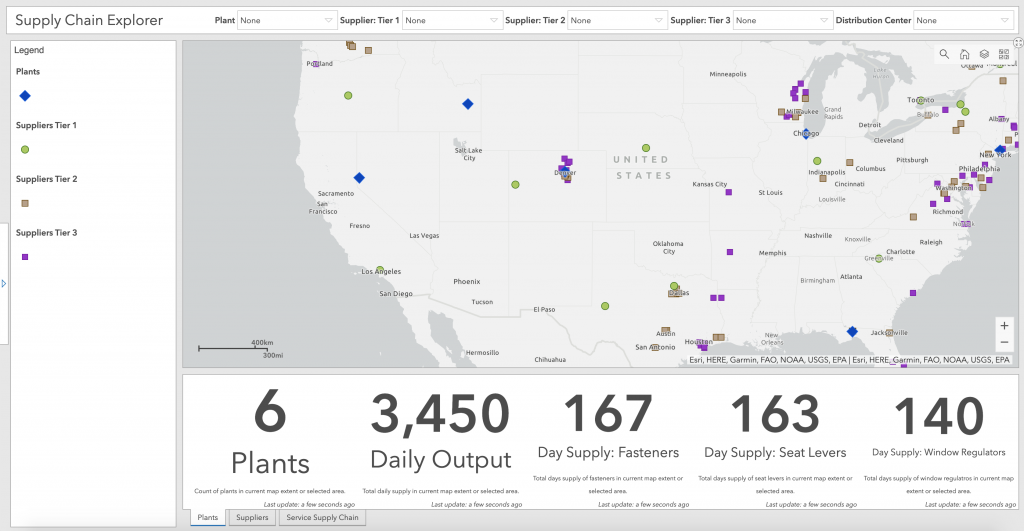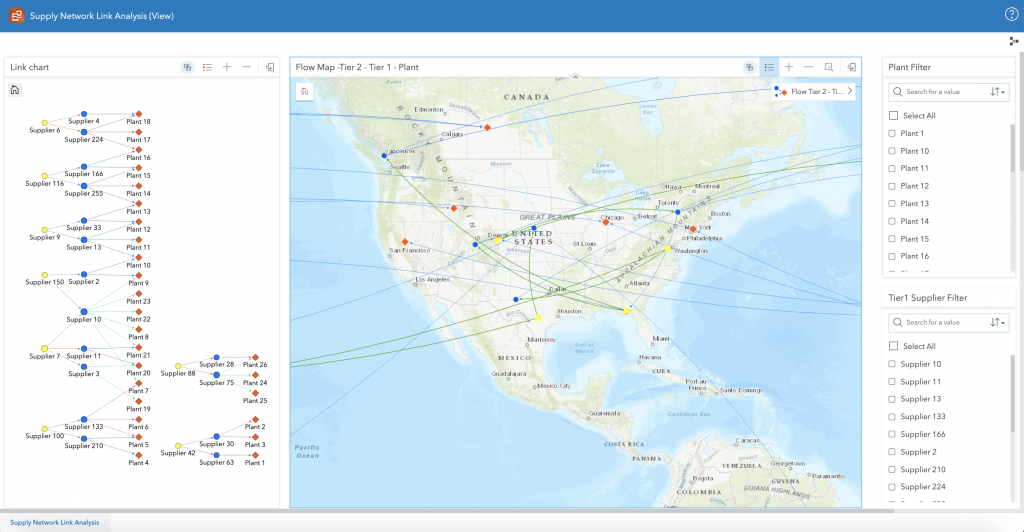Sustainability in supply chains has become a vital and visible element of social corporate responsibility. Customer demand, increasing regulations, and business case have steered supply chains in a more sustainable direction, which has grown from an ambition to a requisite for long-term conservation.
Sustainability, however, is more than just going green and being environmentally friendly. It also impacts the entire supply chain and manufacturing process, from where raw materials came from to the processes inside the plant to the usage and potential recyclability of the product. The importance of sustainability goes further than improving product quality. Customers become loyal to brands that they share their values with, which is why it is important to invest in sustainable practices for companies.
In addition, it is important to recognize that a sustainable supply chain is not necessarily the same thing as a responsible one. The former considers environmental and societal reference points, while the latter typically ensures that it operates within all legal and ethical parameters.
Although there is a high urgency to take action for implementing sustainable practices, most companies don’t have the capability to deeply understand what is happening in their supply chains. In most cases, there is no technology that connects the supply chain entities. There is a need to increase transparency and end-to-end visibility across the supply chain by employing technologies that empower the entire supply chain toward sustainability.
Incorporating sustainability into the company’s supply chain is complex, and there is no quick and easy path to achieve a sustainable supply chain network. Here are some initial steps that can help a company move toward a sustainable supply chain:
1. Map your supply chain
The first step to gain a detailed view of the entire supply chain is to map the assets, such as factories, raw materials within suppliers, stores, and distribution centers. That way it would be possible to have a holistic view of the supply network and analyze and assess where you can make a difference. It also helps you understand environmental, economic, and social challenges faced by supply chain entities.
In addition, mapping the supply chain enhances visibility and allows you to identify impacts and risks. The maps and dashboards created with ArcGIS, such as the Supply Chain Explorer and the Global Awareness dashboard, provide a visualization of the status of operations across the globe. This can span across a single element or multiple elements of the supply chain. Detailed knowledge about a product’s movement from origin to destination does more than maintain product safety and manage disruptions. It also reassures consumers of a company’s commitment to sustainability and the manufacture of ethically sourced products.

2. Encourage and monitor upstream and downstream supply chain performance
Upstream and downstream entities are important to consider when setting sustainability goals. The upstream entities are required to set their own long-term goals, while the downstream ones should be included in the overall sustainability strategy. In the meantime, transparency within the supply chain can create solutions to advance environmental performance, and it can invite customers to be more informed in where and how the products they buy are made. However, sustainability can’t be accomplished unilaterally. What is needed is support and cooperation all the way back upstream. Participants are encouraged to share findings with one another to enable information to flow through the network, strengthening the reach for sustainability analysis. Moreover, performing audits and/or enacting codes of conduct can encourage organizations to promote sustainability efforts.
To enhance visibility and encourage participants’ performance, it is critical to clearly understand the interdependencies between supply chain entities. The tracing capability within maps created with ArcGIS enables the tracking of the source of materials used in products and its journey to end customers and helps companies ensure that they’re meeting sustainability policies and complying with regulations. The traceability map helps a manufacturer within its supply chain network certify that every step in the production and distribution of the products—from raw material acquisition to distribution of final products—meets the company’s standards of quality, sustainability, and responsibility.

3. Collaborate and communicate.
Sustainability is not an individual effort within today’s complex supply chains. Companies need to collaborate and communicate on best practice efforts to develop and establish sustainable practices that can benefit all. Furthermore, companies need to be willing to assist at all levels of the supply chain with best practices design and implementation when possible. In this regard, digital technology has helped companies to assist a large number of suppliers. For example, Walmart launched a program using an online tool to help thousands of its Chinese suppliers make their factories more energy efficient (Source).
Having a thorough communication strategy within the supply chain has huge benefits. A well-crafted communication strategy is powerful—from engaging employees and helping to drive change internally to motivating stakeholders’ interest in the milestones you are meeting on the sustainability journey. It also increases the company’s competitive advantage as your position on environmental and social issues differentiates you from your competitors. Communicating the sustainability efforts will also help you address growing challenges, such as new regulations or declining consumer trust in brands. Dashboards created using ArcGIS Dashboards are designed to enable users to communicate and share information by presenting location-based analytics using intuitive and interactive data visualization on a single screen. Organizations can take advantage of these dashboards to make decisions, visualize and analyze dependencies, monitor them in real time, and communicate the results with their communities. Dashboards, like maps, provide a critical component to the geospatial infrastructure of the supply chain’s sustainability.
4. Educate and change the culture
Some aspects of achieving sustainability within the supply chain relate to behavioral and cultural changes. An important step to achieving sustainability is getting the buy-in from different supply chain participants and the employees. Training and education resources help align everyone in the company and within the bigger network with the mission. One way to achieve that is showcasing the success stories and leveraging winning case studies to build momentum within the organization and throughout the value chain. It is also critical to develop appropriate training programs for new employees so that they can be introduced to the sustainability goals of the organization from the time they are on-boarded.
To create internal benchmarks and be able to change the culture, organizations can use geographic information system (GIS) solutions to identify the need and share data, stimulate policy formulation, and shape decision-making. A good example of such an effort can be found in the Sustainable Development Goals (SDGs) designed by the United Nations and adopted by 193 countries (Source). GIS is providing the technology foundation for national leaders to excel at this effort. This also creates an opportunity for collaboration and best practices on a more local level.



